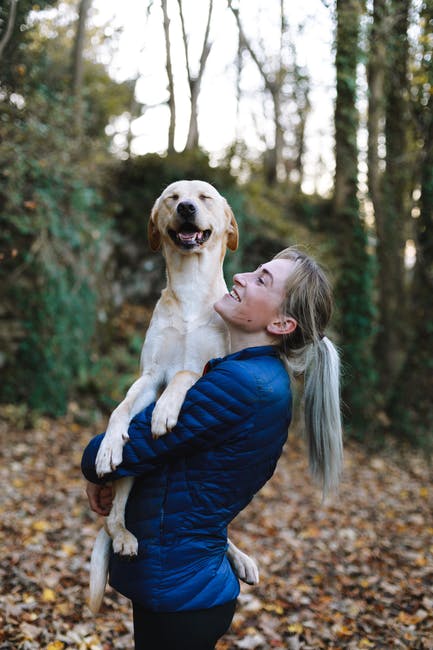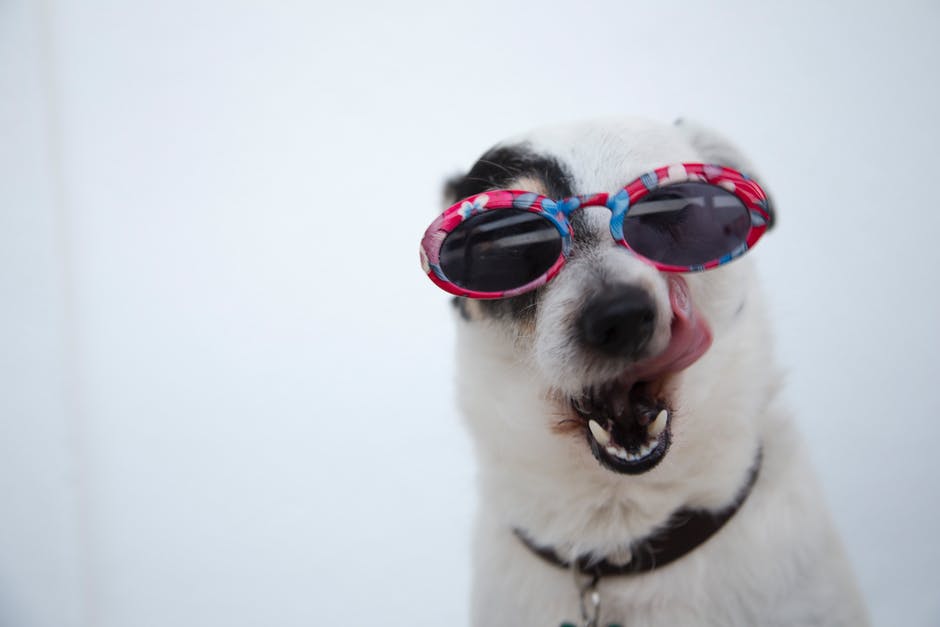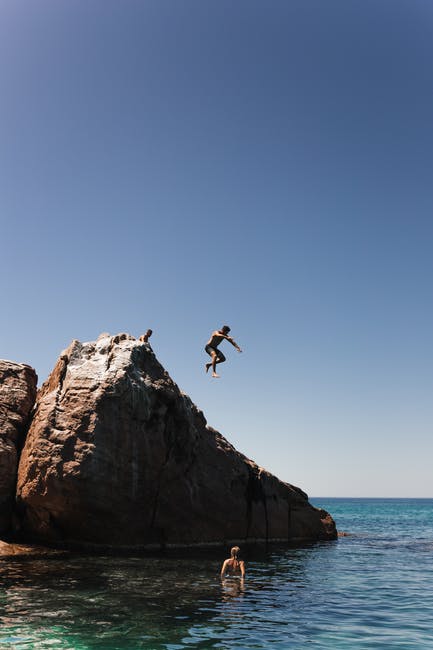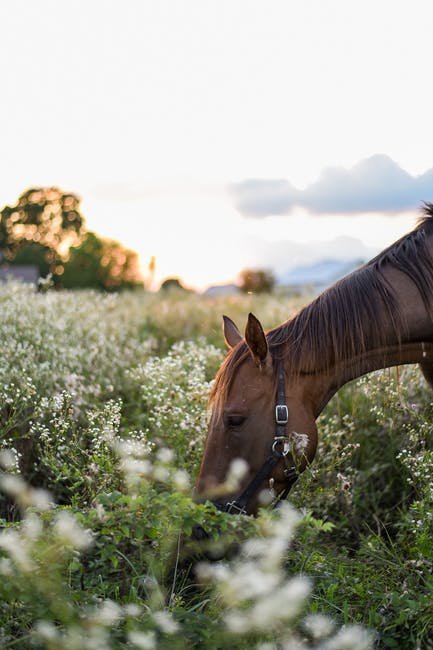When it comes to bonding with your four-legged friend and keeping them mentally and physically active, agility training is a fantastic avenue to explore. As a passionate dog owner, I've found immense joy in teaching my furry companion the ropes of agility.
In this article, I'll share my insights on getting started with this exciting activity that benefits you and your pup.
Understanding Agility Training
In agility training, dogs navigate through a timed obstacle course, showcasing their speed, agility, and responsiveness. The course typically consists of jumps, tunnels, weave poles, A-frames, seesaws, and other challenges designed to test your dog's abilities.
Not only does it provide physical exercise, but it also strengthens the bond between you and your dog as you work together to conquer each obstacle.
Start with the Basics
Before diving into the more complex obstacles, establish a strong foundation by teaching basic commands like "sit," "stay," "come," and "heel." These commands will form the groundwork for your dog's ability to follow your directions during agility training.dog
Choose the Right Equipment
Invest in appropriate agility equipment, such as tunnels, jumps, and weave poles. You can find beginner-friendly sets online or even build simple obstacles at home using household items. Ensure the equipment is safe and sturdy, and always prioritize your dog's safety.
Positive Reinforcement
Positive reinforcement is the key to successful agility training. Use treats, praise, and affection to reward your dog when they complete an obstacle correctly. This positive association will motivate your dog to repeat the desired behavior.
Take it Slow
Agility training is a step-by-step process. Introduce your dog to one obstacle at a time. For example, start with a low jump and gradually increase the height. Allow your dog to get comfortable with each obstacle before moving on to the next one.
Practice Regularly
Consistency is essential for your dog to grasp agility concepts. Set aside dedicated practice time a few times a week. Keep sessions short and engaging to prevent your dog from becoming overwhelmed or bored.
Be Patient
Remember that every dog progresses at their own pace. Be patient and understanding if your dog initially struggles with certain obstacles. Celebrate small victories and maintain a positive attitude throughout the training process.
Seek Professional Guidance
If you're new to agility training, consider enrolling in a beginner's class or seeking guidance from a professional dog trainer. These experts can provide personalized advice and help troubleshoot any challenges you encounter.
Have Fun
Above all, remember that agility training is meant to be enjoyable for you and your dog. Celebrate each achievement, no matter how small, and cherish the moments of teamwork and excitement.
Respect Your Dog's Limits
While enthusiasm is a great driving force, respecting your dog's physical and emotional limits is crucial. Not all dogs are built for high-intensity agility training; some breeds might be more prone to certain injuries. Pay attention to your dog's cues and body language. If your dog seems stressed, anxious, or exhausted, it's essential to pause the training session and provide comfort.
Agility training should always be a positive experience that enhances your dog's well-being, so ensure you're attuned to their needs and capabilities. If unsure, consult a veterinarian to ensure your dog's safety and health during their agility journey.
In conclusion, agility training is a fantastic way to engage with your dog while promoting their physical and mental well-being. As I've discovered on my journey, the bond you'll build and the shared experiences are truly priceless.
So, grab that leash, set up those obstacles, and embark on this exciting adventure with your furry friend!
What's your take on agility training for dogs? Have you tried it with your pup? Share your experiences and thoughts in the comments below! Let's celebrate the joy of agility training together.




















